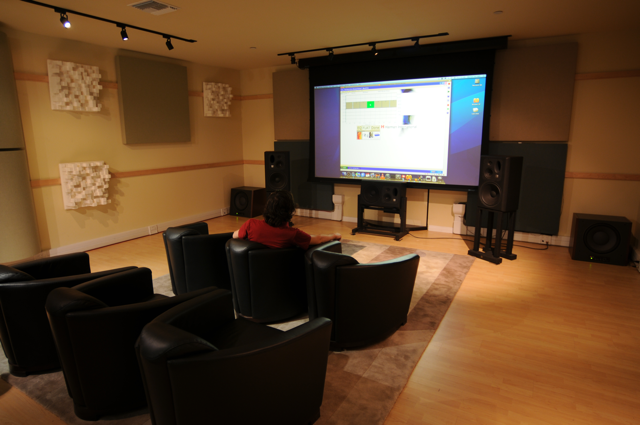If you want to challenge the scientific consensus you need to do better than to come up with flawed analogies. Your Chinese people have the benefit of understanding other Chinese people, they don't recognise different people by the sound of their voice only. There's also no evidence that supports your claim.
From what I know, Chinese placebophiles are decades behind the woo curve and somehow still believe they are breaking new unexplored ground.



